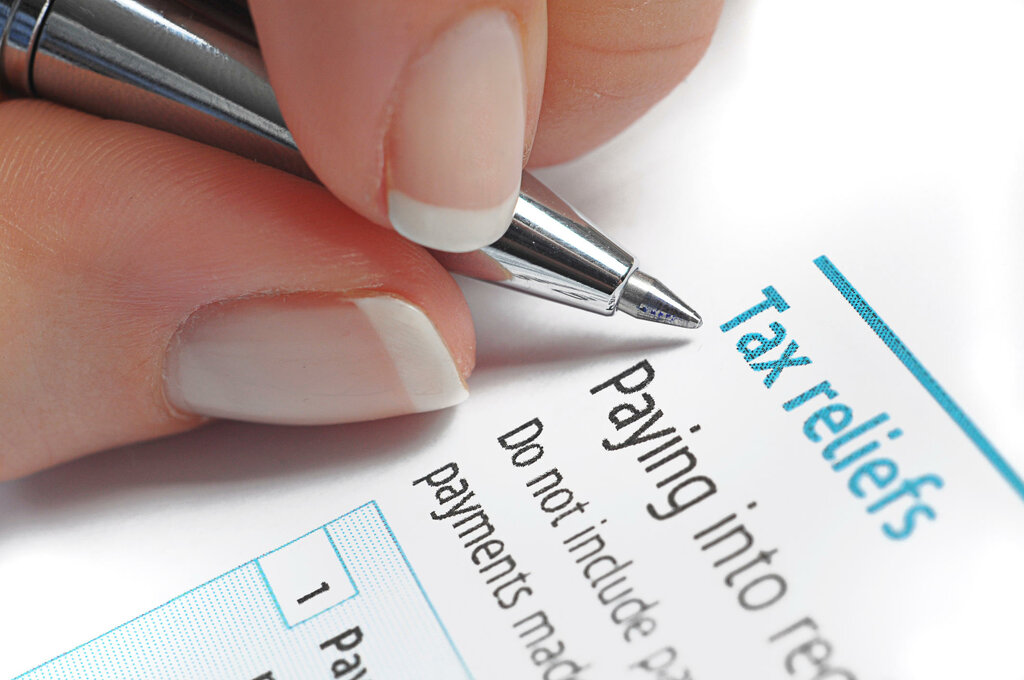Introduced in 2001 and updated in 2009, Land Remediation Relief (LRR) remains one of the most generous tax reliefs available for property developers and investors in the UK. It provides a tax deduction of up to one and a half times the money spent on cleaning up brownfield sites and buildings.
The relief is claimed in a company’s tax return. Commercial property owners, investors and developers subject to Corporation Tax can claim tax relief for the decontamination of land and buildings.
What is Land Remediation Relief?
Land Remediation Relief is a form of corporation tax relief that allows companies to claim an enhanced deduction for qualifying expenditure incurred in cleaning up land acquired in a contaminated or derelict state. The relief is only available to companies (not individuals or partnerships) and must be claimed within two years of the end of the accounting period in which the qualifying expenditure was incurred.
There are two key categories of eligible land:
- Contaminated Land: Land that contains harmful substances such as asbestos, heavy metals, hydrocarbons, or Japanese knotweed.
- Derelict Land: Land that has been abandoned and is not suitable for productive use without significant remedial work, such as removing redundant structures or foundations.
Conditions for Claiming Land Remediation Relief
Businesses must meet the following eligibility criteria to access enhance deductions and tax advantages through Land Remediation Relief:
- Businesses must be subject to UK corporation tax. Individuals and partnerships are not eligible, except for the companies within a partnership that can claim for their share of land remediation expenditure if requirements are met.
- The land must be in the UK and acquired by the company for its trade and business, specifically from a third party in a contaminated state. The company must own or have a major interest in the land.
- The land must be contaminated as per the definition above and the cost incurred would only be applicable for an additional deduction if this cost would not have been incurred if the land had not been contaminated.
- The acquisition cost must not be discounted due to contamination of the land. It has been suggested that where property is acquired at a reduced price because of contamination, any later expenditure or land remediation will be excluded.
- The company must conduct the qualifying land remediation activities either directly or through a contractor. Qualifying land remediation expenditure encompasses both revenue and capital expenditure.
Benefits of Land Remediation Relief
LRR can drastically enhance the financial viability of development projects. Here are the benefits of Land Remediation Relief:
- Enhanced Tax Deduction: Companies can claim 150% of qualifying remediation expenditure as a deduction against their taxable profits.
- Tax Credit for Loss-Making Companies: If a company incurs a loss, it may surrender the loss for a tax credit of 16% of the qualifying land remediation expenditure. For instance, a £100,000 qualifying spend could yield a £24,000 tax credit.
LRR is often not maximised, as it must be actively claimed. If the savings are factored into appraisals at bid stage, prospective bidders may be able to enhance their bid accordingly.
Conclusion
Land Remediation Relief offers a tangible financial incentive to invest in underutilised land for developers and investors who are navigating the high costs of site development. Beyond tax savings, it aligns with sustainability goals, supports urban regeneration and contributes to the creation of healthier communities.
With proper planning this relief can significantly improve the viability and profitability of your next property project.

